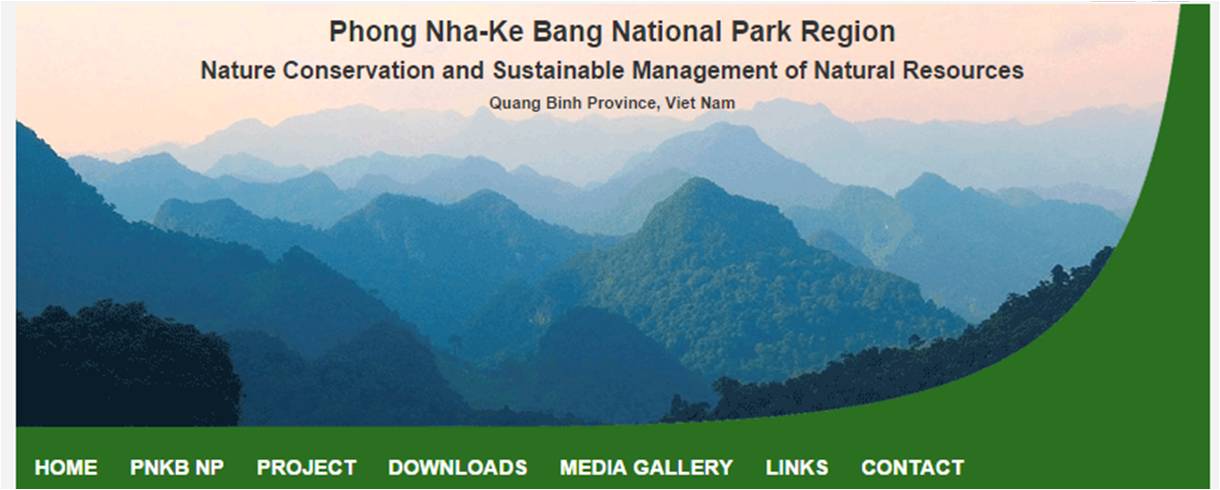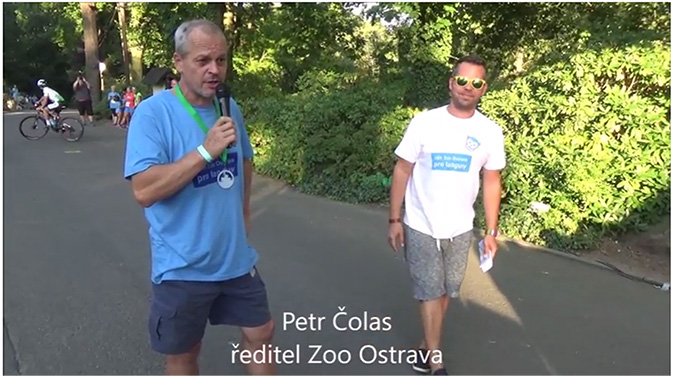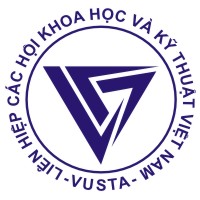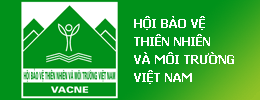Laotian Rock Rat conservation programme
Ecological study and Conservation of Laotian rock rat population in Phong Nha - Ke Bang Area, Central Vietnam
Chương trình nghiên cứu đặc điểm sinh thái và bảo tồn quần thể Chuột đá trường sơn tại Phong Nha - Kẻ Bàng, Việt Nam

Introduction
Laotian Rock Rat (LRR) Laonestes aenigmamus was first discovered in 2005 by Jenkins et al. (2005) based on specimens collected from Khammoune Province (Lao PDR) as a new species of new genus Laonastes and new family Laonastidae. One year latter, Dawson et al. (2006) compared anatomical characters between LRR and fossil family Diatomyidae and found that LRR was actually a surviving member of the otherwise extinct rodent family Diatomyidae, known from early Oligocene to late Miocene sites in Pakistan, India, Thailand, China, and Japan. The authors also note that LRR is "an unique case among placental mammals, pertains to a clade (Diatomyidae) that was formerly believed to have been extinct for more than 11 million years. From a paleontological and phylogenetic perspective, efforts to conserve Laonastes, the sole survivor of a morphologically distinctive family of rodents with deep evolutionary roots in Asia, should be given the highest priority. If it can be preserved, the Paleogene zoo that survives today in southeast Asia can offer invaluable insights regarding past and present biodiversity. LRR is facing with high hunting pressure and habitat disturbance . Thus since 2008, the species has been enlisted in IUCN Red List at Endangered category (EN) for priority conservation action
In 2011, a small population of LRR was discovered in buffer zone of Phong Nha - Ke Bang National Park , Central Vietnam (Nguyen et al. 2012). This discovery promotes opportunities of conservation for this mystery species. However, very little is known about the status and ecology of the Vietnamese LRR population, meanwhile, this population is facing a plenty of threats and pressures from hunting for food, affecting their habitats and declining their population and no specific LRR conservation measures are undertaken. Centre for Resources, Environment and Climate change (CeREC) in collaboration with Quang Binh Provincial Forest Protection Department and Management Board of Phong Nha - Ke Bang National Park is implementing Laotian Rock Rat conservation programme with the aim of providing long-term conservation for the LRR population in Vietnam.
Objectives of the Programme
1. Identify the distribution range, population status and assess threats to LRR and their habitat in Phong Nha - Ke Bang area. Study of LRR behavior and ecology for conservation implication.
2. Raise awareness and pride among local communities concerning the LRR: Producing and distribution of local people friendly education materials (conservation posters, leaflets in local languages) and conduct village meetings for LRR conservation education
3. Support community-based protection of the LRR by a village patrol groups: Establish Village conservation groups (VCGs) at guardian communes; Conduct capacity building to the members of VCGs on forest patrol, law enforcement and support operation of VCGs
4. Capacity training for staff members of Phong Nha - Ke Bang NP on basic conservation principles, techniques of forest patrol and law enforcement and LRR monitoring.
Partners & Donors:
CeREC thanks the following organizations for their generous support and sponsorship to our Laotian Rock Rat Conservation Programme

.jpg?url=/userfiles/vast_1_1(1).jpg)
.png?url=/userfiles/logo_nafosted(2).png)
.png?url=/userfiles/species-conservation-fund-logo(2).png)
Account information for the donors:
Even a small amount can help!
Name of the Account: Centre for Resources, Environment and Climate Change
Account Number: 1500201086156
Vietnam Bank for Agriculture and Rural Development (AgriBank) - Hanoi Branch
Address of the Bank: 77 Lac Trung Street, Hai Ba Trung District, Ha Noi City
Swift Code: VBAAVNVX 401
Please attach a note: Laotian Rock Rat (if its possible)
Thank you!
For more information, please contact us at dangcerec@gmail.com
See more about this Programme at Animals in Conservation
Search
Main menu
- CeREC News - Bản tin CeREC
- Conservation Programs - Các chương trình bảo tồn
- Biodiversity Projects - Các dự án Đa dạng sinh học
- Environmental Projects - Các dự án Môi trường
- Training & Education - Đào tạo và Tập huấn
- Flagship Species - Loài trọng tâm của CeREC
- New Species- Loài mới phát hiện
- Law Enforcement - Thực thi pháp luật
- Publications - Các tài liệu xuất bản
- Technical Reports - Các báo cáo kỹ thuật
- Training Documents - Tài liệu đào tạo và Tập huấn
- Photo Reports - Phóng sự ảnh
- Nature Tours - Tham quan dã ngoại
- Partners & Donors - Đối tác và Nhà tài trợ
Recent Posts
Partners & Donors
CeREC thanks the following organizations for their generous support and sponsorship:





.jpg)


.jpg)

.jpg)


.jpg)
.jpg)
.jpg)




